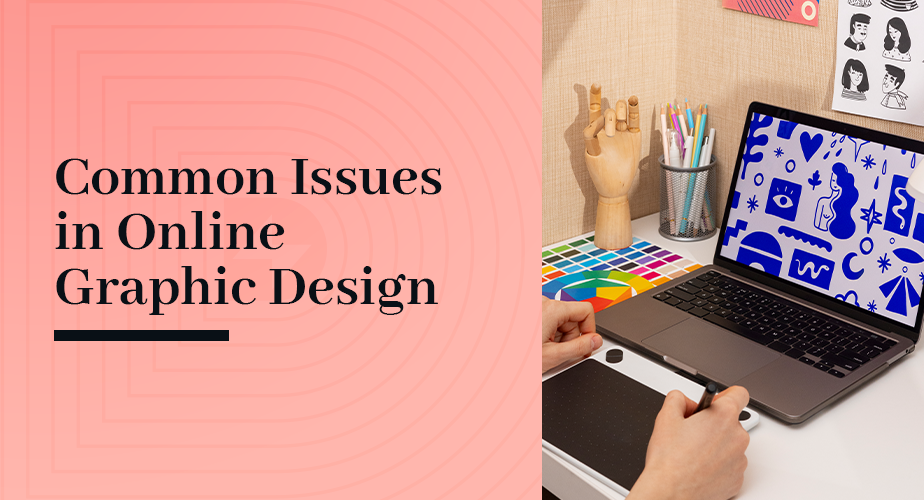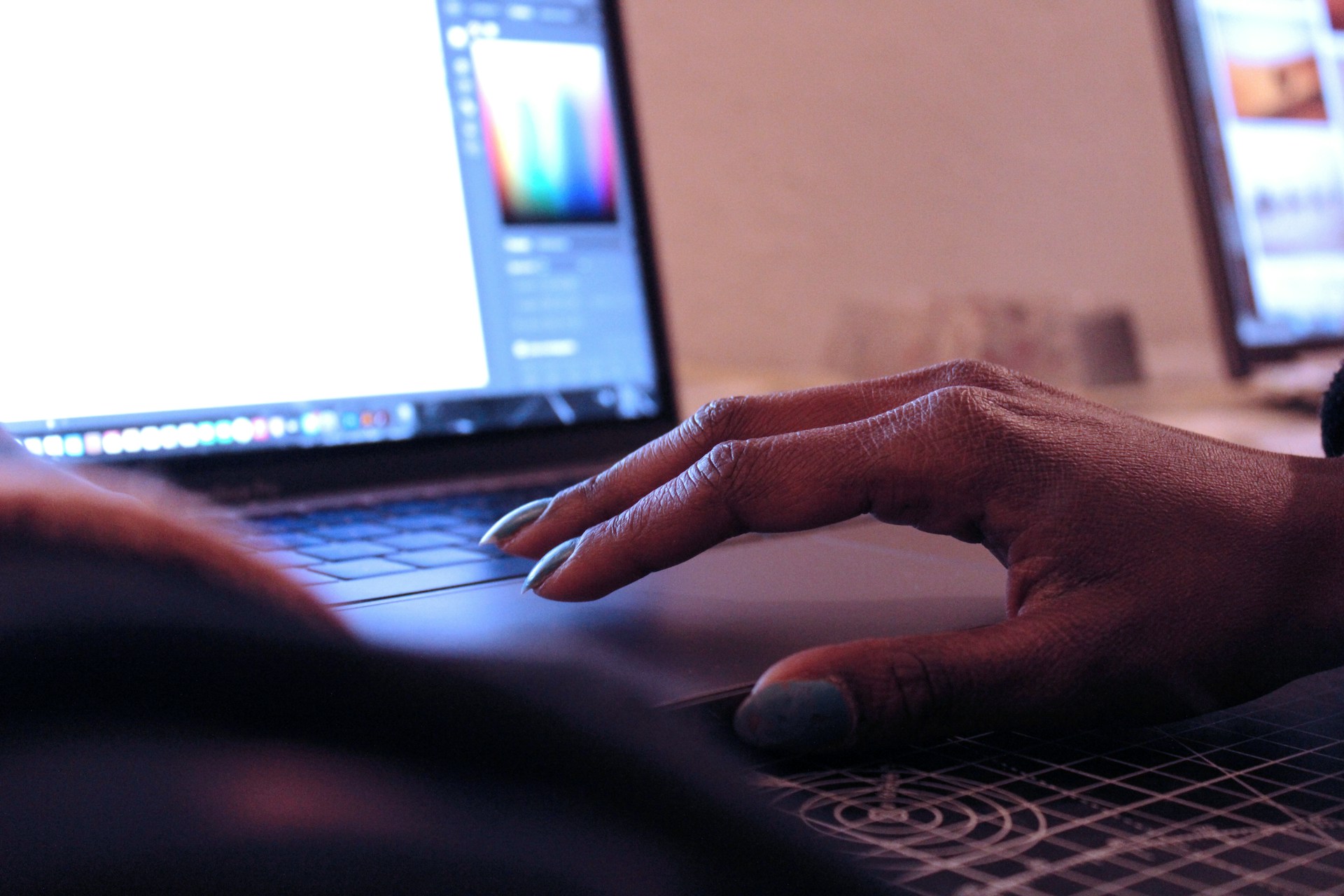Graphic design is an ever-changing field, with new challenges popping up as technology advances. Anyone who works with online graphic design has likely run into a few common issues along the way. These problems can affect the quality and effectiveness of your designs, which is why knowing what they are and how to fix them is key. Addressing these challenges is crucial to streamlining your creative process and delivering polished visuals.
One major pitfall in online graphic design is the range of technical difficulties that often arise. While tools and techniques have evolved, not every issue has been ironed out. Awareness of potential problems can save time and frustration. You'll find that being proactive in tackling these challenges enhances your output and ensures your audience receives the best possible experience. Let's explore some common issues and how to navigate them effectively.
Pixelation and Resolution Problems
Pixelation and resolution issues are some of the most frequent headaches for designers. When an image appears pixelated, it's often because the resolution isn't high enough for the medium you're using. This can lead to images looking blurry or fuzzy, which isn't the best impression for your brand or project.
To prevent these problems, always start by understanding the context in which your design will be viewed. Consider whether it's for a website, a social media post, or a large banner. Each platform has specific resolution requirements. For example, social media graphics usually need a lower resolution than a print advertisement.
- Check Resolution Needs: Ensure every image is at the right resolution before you start. Websites typically need images around 72 DPI (dots per inch), while print graphics demand a higher resolution, such as 300 DPI.
- Use Vector Graphics: As much as possible, use vector images. Unlike raster images, vectors scale up and down without losing quality. This makes them ideal for various design needs.
- Preview Before Publishing: Always preview your design in the actual size and on the device it will be displayed. This helps in catching pixelation problems before the design goes live.
Being thorough with these steps can save you from the embarrassment of a poorly-presented design. Recognizing and fixing resolution issues early ensures your graphics consistently look their best. This attention to detail reflects in the professionalism and quality of all your visual outputs.
Inconsistent Branding Elements
Keeping your branding elements consistent might sound simple, yet it's a common hurdle for many designers. When the use of logos, colors, and fonts wavers, it can confuse your audience and dilute your brand's message. Imagine visiting a website where each page shows a different version of a logo or color palette. It would be puzzling, wouldn't it?
To maintain a coherent brand image, start by gathering all your branding assets in one place. A brand style guide is a handy tool for this. It contains all the key elements that define your brand, ensuring that everyone working on your designs uses the same visual guidelines. Here's what to include:
- Logo Usage: Specify how the logo should be used in different contexts, including size, orientation, and acceptable color variations.
- Color Palette: List all brand colors with their respective color codes and explain their proper use.
- Typography Guidelines: Define the typefaces, sizes, and styles that should be employed across all materials.
By establishing and adhering to a style guide, you create a unified look that strengthens your brand identity.
Overcrowded or Cluttered Designs
A cluttered design often overwhelms viewers, making it hard to focus on the key message. When too many elements compete for attention, the result can be distracting and unappealing. The key to combating this is embracing simplicity.
Start by identifying the primary focus of your design and remove elements that don't contribute to it. Think of a cluttered room—removing unneeded items leaves space for what truly matters. Similarly, your design should have room to breathe. Here's how to streamline effectively:
1. Prioritize Key Elements: Determine what needs to stand out and give it prominence.
2. Limit Fonts and Colors: Use a maximum of two or three fonts and stick to a defined color palette to maintain harmony.
3. Embrace Whitespace: Allow empty spaces to guide the viewer's eyes and emphasize important parts.
These strategies can transform your design into a clean, engaging piece that captivates your audience without overwhelming them.
Poor Use of Negative Space
Negative space—often perceived as empty or unused space—plays a significant role in effective design. Think of it as the resting spot for the viewer's eye. When used well, negative space highlights your content, improving readability and visual appeal.
To harness the benefits of negative space, begin by considering the layout and how each element relates to its surroundings. Elements should neither feel crowded nor disconnected. Here are some techniques to ensure balance:
- Padding and Margins: Use consistent spacing around text blocks and images to prevent crowding.
- Alignment: Align elements neatly to foster a structured and orderly design.
- Whitespace Around Headings: Allow room around titles and headings to make them stand out.
Clever use of negative space not only makes designs visually pleasing but also guides the viewer's focus where it matters most.
Wrap-Up
Addressing common graphic design issues can significantly uplift the effectiveness and aesthetics of your creations. Recognizing the impact of pixelation, maintaining consistency in branding, simplifying cluttered designs, and smart use of negative space all contribute to creating powerful visuals. These insights ensure that your designs not only look professional but resonate with your audience.
Consistent attention to these details will help you tackle graphic design challenges with confidence and skill. By refining your approach and implementing these strategies, you're equipped to create compelling designs that leave a lasting impression.
Enhance your creativity and tackle graphic design challenges with ease. At Dingus & Zazzy, we're committed to helping you perfect your craft. Discover how our online graphic design service can elevate your projects and bring your vision to life. Let's create designs that leave a lasting impression together.







